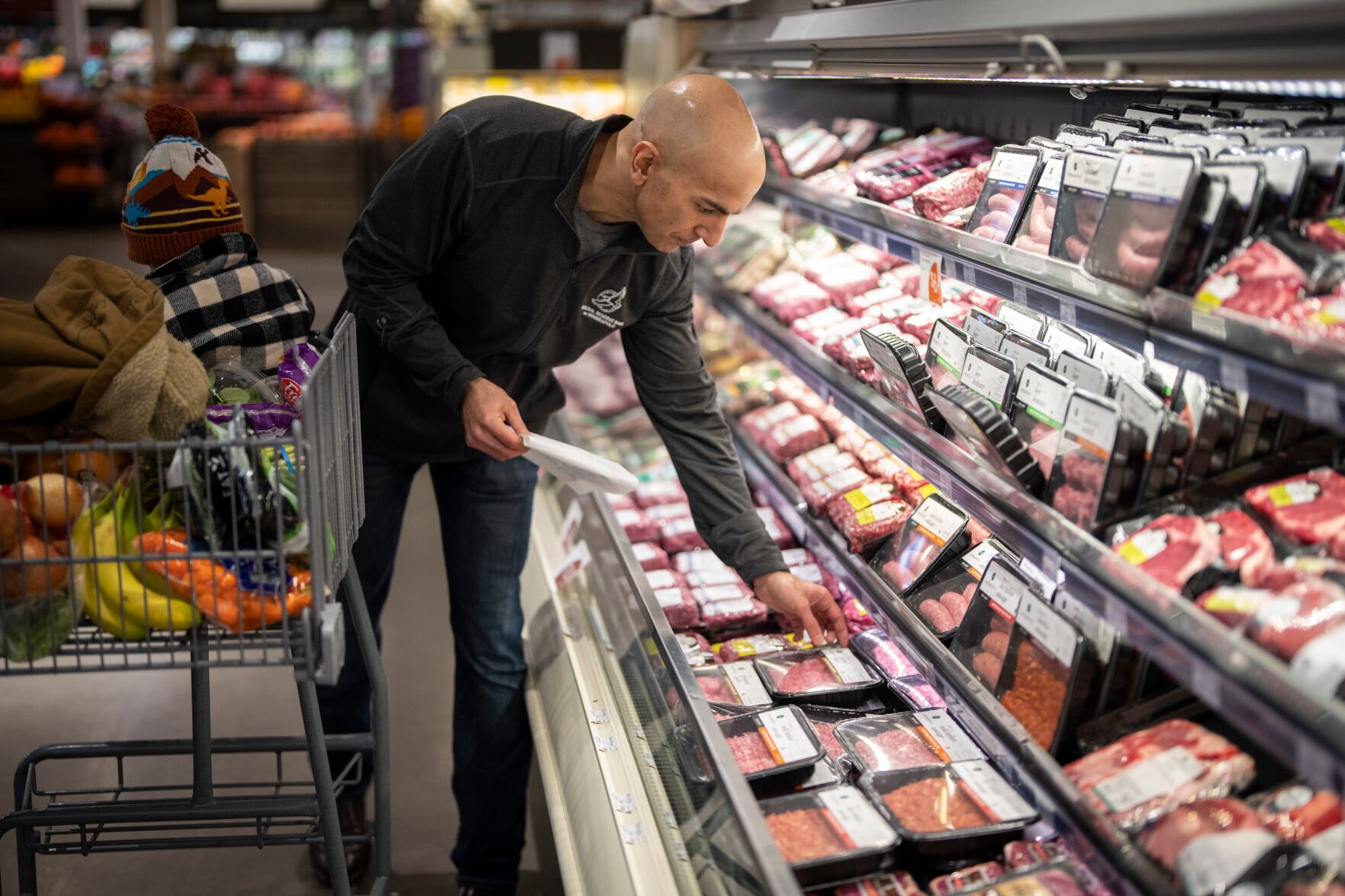How frugal shoppers are helping to fight inflation
It’s not just the Federal Reserve that can fight inflation — consumers can, too, by changing their buying habits, Deloitte researchers say.
Consistent frugal behaviors by enough people can force retailers and manufacturers to keep prices, and profit margins, in check. But a new longitudinal study by Deloitte found not everyone is curtailing their spending.
“When consumers signal they can no longer tolerate higher prices, retailers and consumer products companies could begin to lose their pricing power,” the study says.
Deloitte’s Food Frugality Index measures the adoption of several cost-saving behaviors. Low-income Americans are consistently buying store brands, cheaper proteins and focusing on necessities. Middle-class shoppers are increasingly using everything in their fridge and pantry and taking extra time to plan shopping trips.
“That pressure should be making less expensive foods more popular and taking the price level down, not up,” said Mark Bergen, the James D. Watkins Chair in Marketing at the University of Minnesota’s Carlson School of Management.
But at the beginning of the year, Deloitte found high-income Americans were less frugal than they had been in previous months.
“There will always be a market for premium products,” said Barb Renner, a Minnesota-based partner at Deloitte. “It’s that in-between product where consumers are making choices.”
When consumers widely choose higher-priced items when lower-priced alternatives exist, companies can keep prices high and potentially push them higher.
“For 20 years it has been hard for a manufacturer or retailer to ask for a price increase,” Bergen said. “For the last year that has been possible, so if you’re a seller, you’re going to try to push that window as long as you can.”
Food prices rose an average of 2.5% annually for decades, until they jumped 11% in 2022 in part because of rising costs for labor, ingredients, energy and transportation. For 2023, the U.S. Department of Agriculture predicts another 9% jump in grocery prices.
Any indication that shoppers are refusing, en masse, to accept price increases could push that number down.
“Buyer behavior has changed, and all the retailers and manufacturers and suppliers in this industry are desperately trying to figure out which of these changes are permanent and which are temporary,” Bergen said. “The constant game of pricing is buyers are trying to get the most out of their dollar and companies are trying to get as much profit as they can from that dollar.”

Renee Jones Schneider, Minneapolis Star Tribune
Neel Kashkari, president of the Federal Reserve Bank of Minneapolis, on his weekly shopping trip for his family at Lunds and Byerlys with his son Tecumseh, 2, on Jan. 7 in Wayzata, Minn. He said one thing he has noticed a price increase for is meat products, especially bacon.
Waste not, want not
One of the most common ways shoppers are saving money across income groups, Deloitte’s survey shows, is planning meals based on food they already have at home.
More consumers than ever are paying attention to food waste — using everything they have at home and buying fewer extras, Renner said. That’s especially true for lower-income Americans, who were already “trading down” from name brands to store brands and sticking to necessities even before inflation accelerated.
“It used to be a more of a social ‘right thing to do’ — you don’t want to throw out food,” Renner said. “But now the issue is people don’t want to throw out food because of inflation and frugality.”
National brands brace for impact
As frugal behaviors persist, a preference for store brands, also known as private labels, over national name brands is beginning to grow.
Sales of store-brand foods rose 11% last year compared to a 6% gain by name brands, according to the Private Label Manufacturers Association.
“Store brands were embraced by American shoppers as a dependable ally against persistent inflation and other personal financial hardships,” the trade group wrote.
Both national and store-brand sales benefited from price increases, however, as each sold fewer units than the year before.
Survey data confirms that some foods are more ripe for private label takeover than others. Overall, 27% of shoppers told Deloitte they are purchasing “mostly store-brand,” showing a mix of brands in the average shopping cart.
